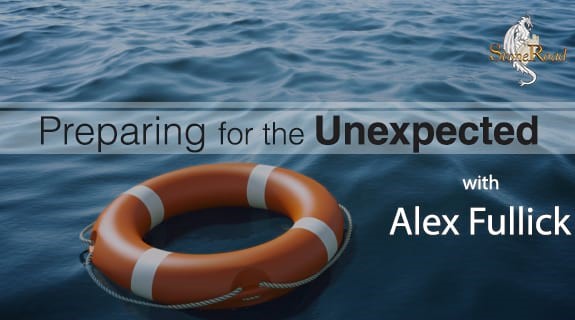Birds of All Feathers: Doing Diversity & Inclusion Right
Join me Feb 10/22 at 1pm EST! Diversity & Inclusion is good for you, for your community, and...
Read Moreby VoiceAmerica | Nov 26, 2021 | Business | 0 |
Join me Feb 10/22 at 1pm EST! Diversity & Inclusion is good for you, for your community, and...
Read Moreby VoiceAmerica | Nov 23, 2020 | Business | 0 |
To receive the weekly blogs via email, please sign-up here. This blog is written by Maureen...
Read Moreby VoiceAmerica | Apr 1, 2020 | Business | 0 |
To start or to continue receiving the weekly blogs via email, please sign-up using this link:...
Read More



